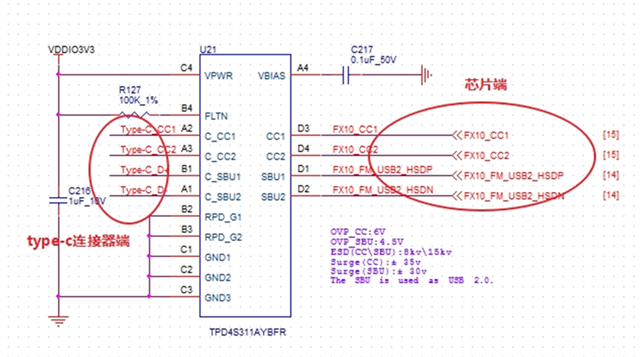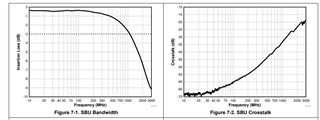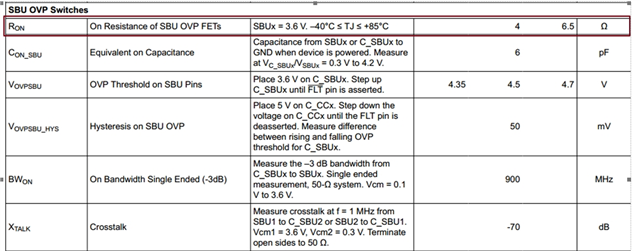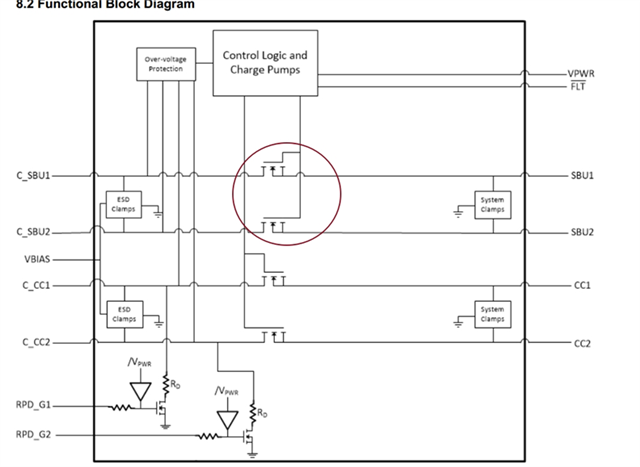Tool/software:
Hi Teams,
The customer found a problem while using the TPD4S311AYBFR . Please help confirm and reply. Thank you!
The connection diagram is as follows. As the customer did not use the SBU signal on the Type-C connector, after confirmation with TI engineers, it can be used to protect the D+/- signal of USB2.0 with C_SBU1/2:

The current problem caused by this usage is that on the ASMedia USB 3.1 interface that comes with the host motherboard model (Prime H270-PRO), the device cannot be stably connected using the USB2.0 D+/- signal, and there are occasional issues.
Question:
1. Could you please help confirm again whether the C_SBU1/2 pin of TPD4S311AYBFR can be used for protecting USB 2.0 signals?
2. If it can be used in this way, how can we solve the problem of unstable connection we encounter?




